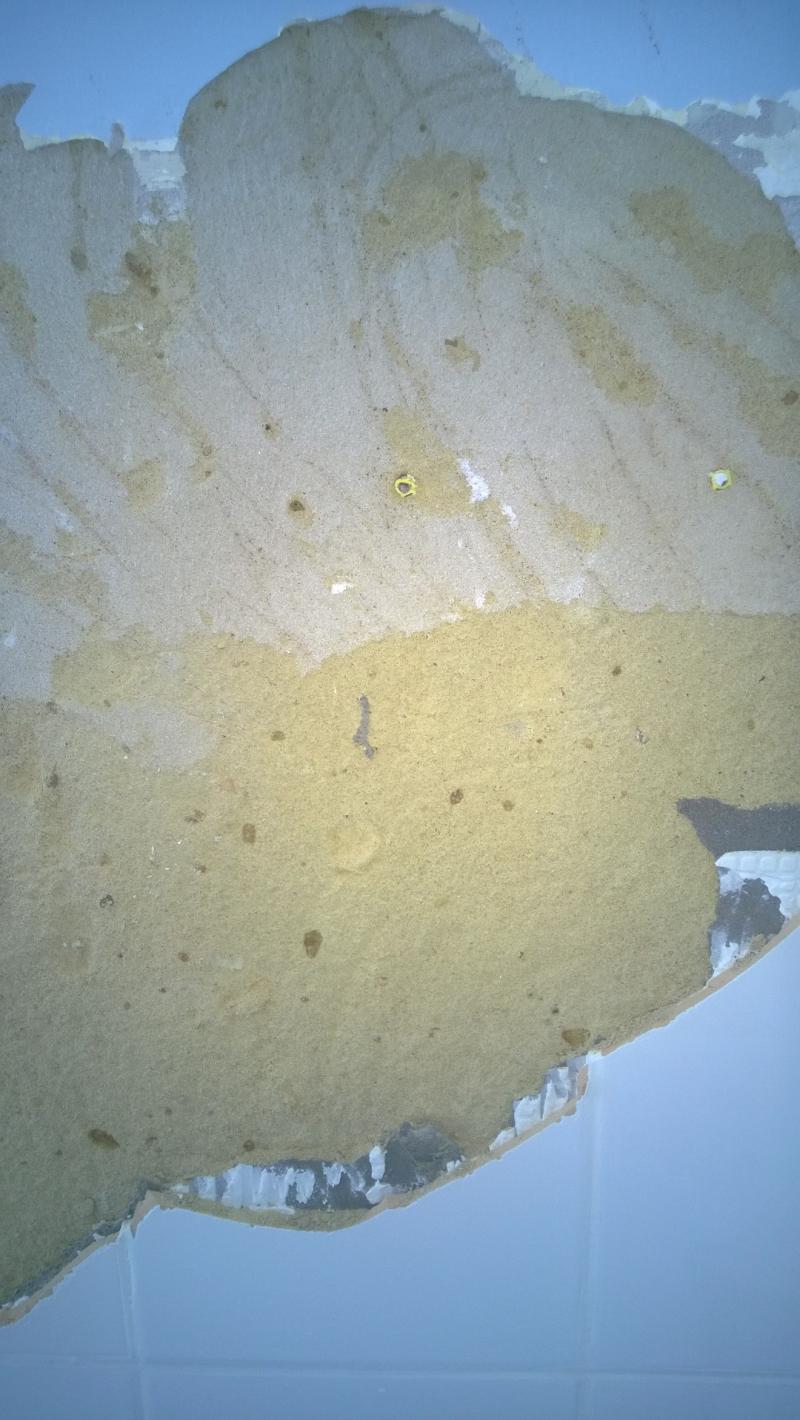Just about to try my hand at tiling for the first time and have set about removing our very old bathroom tiles.
The result seems to be that, predictably, the tiles are pulling away the plaster with them exposing the rough wall which is made of what appears to be some sort of sandstone type material.
Clearly it's not smooth and you'd never paint over it but is it worth getting the wall plastered to provide a smooth surface for tiling or can the existing surface be bonded/prepared in some way to tile over?
It's rough as far as surfaces go, but not necessarily uneven.
The result seems to be that, predictably, the tiles are pulling away the plaster with them exposing the rough wall which is made of what appears to be some sort of sandstone type material.
Clearly it's not smooth and you'd never paint over it but is it worth getting the wall plastered to provide a smooth surface for tiling or can the existing surface be bonded/prepared in some way to tile over?
It's rough as far as surfaces go, but not necessarily uneven.


